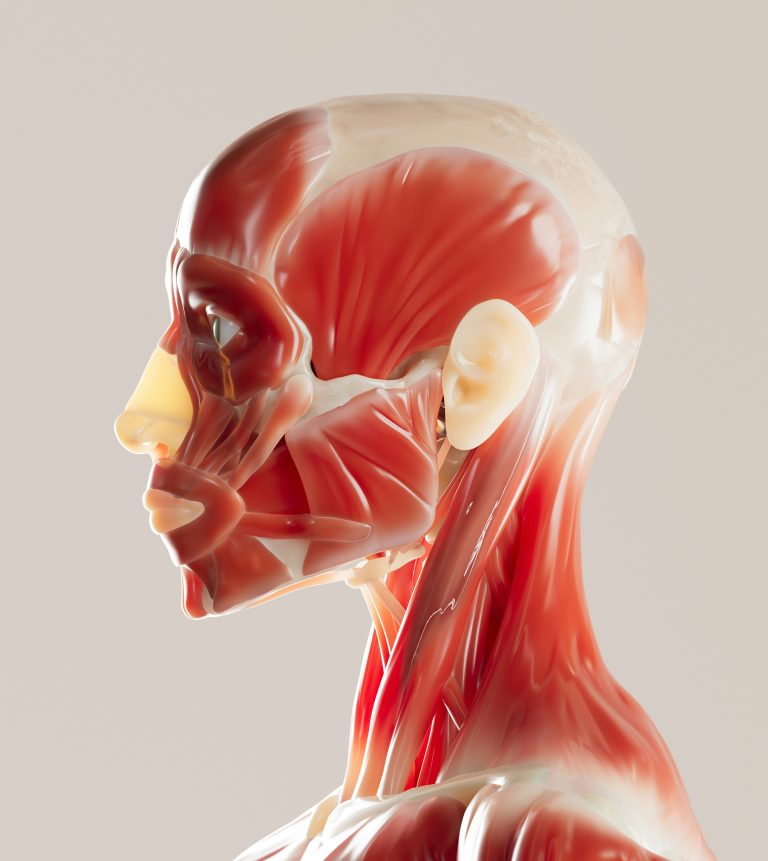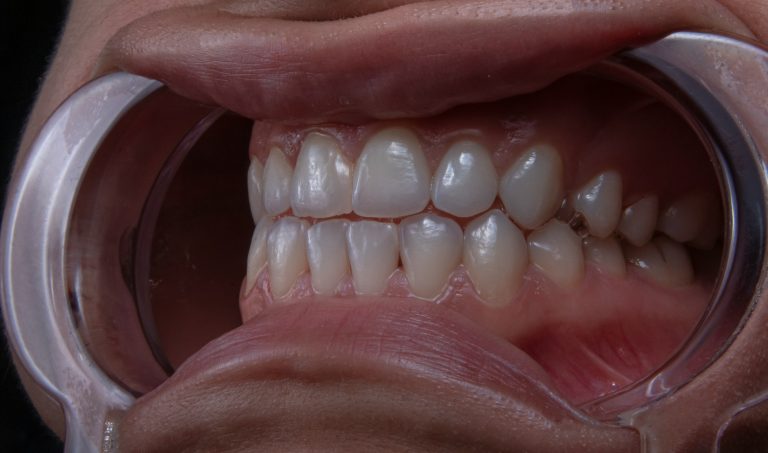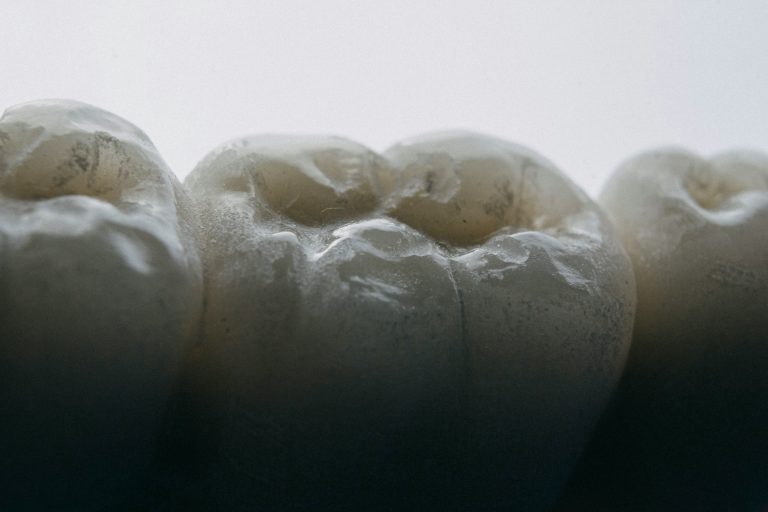From storms suddenly erupting in your head Light flashes into your vision, thunder pulses behind your temples, and a heavy atmosphere that makes every movement unbearable. That's how many people describe a migraine, much more than just a headache. This neurological disease, as unpredictable as a summer sky, can turn daily life upside down and turn entire days into real ordeals.
Migraine affects around 15 % of the world's population, with women predominating. Yet few people know that there are different types of migraineeach with its own particularities. Understanding these distinctions is essential for better disease management, identifying triggers and introducing appropriate treatment.
The main distinctions are 4 main types of migraine These include migraine without aura, migraine with aura, chronic migraine and vestibular migraine.
1. Migraine without aura
Migraine without aura is the most common formrepresenting nearly 70 to 80 % of cases. It manifests itself as moderate to severe pain, often described as pulsatile, generally localised on one side of the head. This pain can last from 4 hours to 72 hours if left untreated.
The most common symptoms include
- Intolerance to light (photophobia) and noise (phonophobia).
- Nausea and sometimes vomiting.
- Worsening of pain during physical effort or simple movement.
This type of migraine is very disabling, as it often forces sufferers to interrupt their professional, family or social activities for several hours or days.
2. Migraine with aura
Migraine with aura affects approximately 20 to 30 % migraine patients. Before or during a seizure, the person experiences transient neurological symptoms called will havewhich generally last between 5 and 60 minutes.
The most frequent symptoms are
- Visual disorders blurred vision, flashes of light, flickering spots, temporary blind spots.
- Sensory disorders numbness, tingling of the hand, face or tongue.
- Language disorders Difficulty expressing themselves or finding the right words.
The aura is reversible but can be frightening, especially the first time. After the aura, migraine pain sets in, with the same characteristics as migraine without aura. However, some people may experience an aura without a headache.
Migraine with aura requires particular vigilance, as some studies have shown a link between this type of migraine and a slightly increased cardiovascular risk (particularly strokes in young women who smoke or take hormonal contraception).

3. Chronic migraine
Chronic migraine is defined by the presence of headaches at least 15 days a month for more than 3 monthsof which at least 8 days correspond to typical migraine attacks.
It represents approximately 2 % migraines but is one of the most incapacitating forms. Patients suffering from chronic migraine live with almost permanent pain, which leads to :
- Persistent fatigue.
- Sleep disorders.
- Increased anxiety and sometimes secondary depression.
This form requires specific, often multidisciplinary, treatment. In addition to basic drug treatments (such as anti-CGRP or botulinum toxin), complementary approaches such as physiotherapy, osteopathy, relaxation or stress management can be very beneficial.
4. Vestibular migraine
Vestibular migraine is a lesser-known but increasingly recognised form of migraine. It combines the classic symptoms of migraine with from balance disorders.
It translates into :
- Dizziness lasting from a few minutes to several hours.
- A feeling of instability and disorientation.
- Visual or hearing problems or increased sensitivity to movement.
Vestibular migraine is sometimes confused with pathologies of the inner ear, which can delay diagnosis. However, appropriate treatment can reduce the frequency and intensity of attacks.

Why is it important to identify your type of migraine?
Recognising the type of migraine you suffer from is a key step towards :
- Adapting treatment Some drugs, such as triptans, are particularly effective in certain forms of migraine.
- Avoiding diagnostic errors For example, do not confuse a vestibular migraine with an inner ear disease.
- Preventing complications Untreated chronic migraine can lead to a significant deterioration in quality of life.
- Better management of triggers stress, lack of sleep, diet, hormones, etc.
Conclusion
Migraines come in a variety of forms four main types :
- Migraine without aura.
- Migraine with aura.
- Chronic migraine.
- Vestibular migraine.
Although their symptoms vary, they all have one thing in common: they can become very disabling if they are not diagnosed and treated correctly. Consulting a doctor, and in particular a neurologist, is essential if you are to identify the type of migraine you have and receive appropriate treatment.
👉 Understanding your type of migraine is the first step towards regaining control over your health and improving your quality of life for good.






